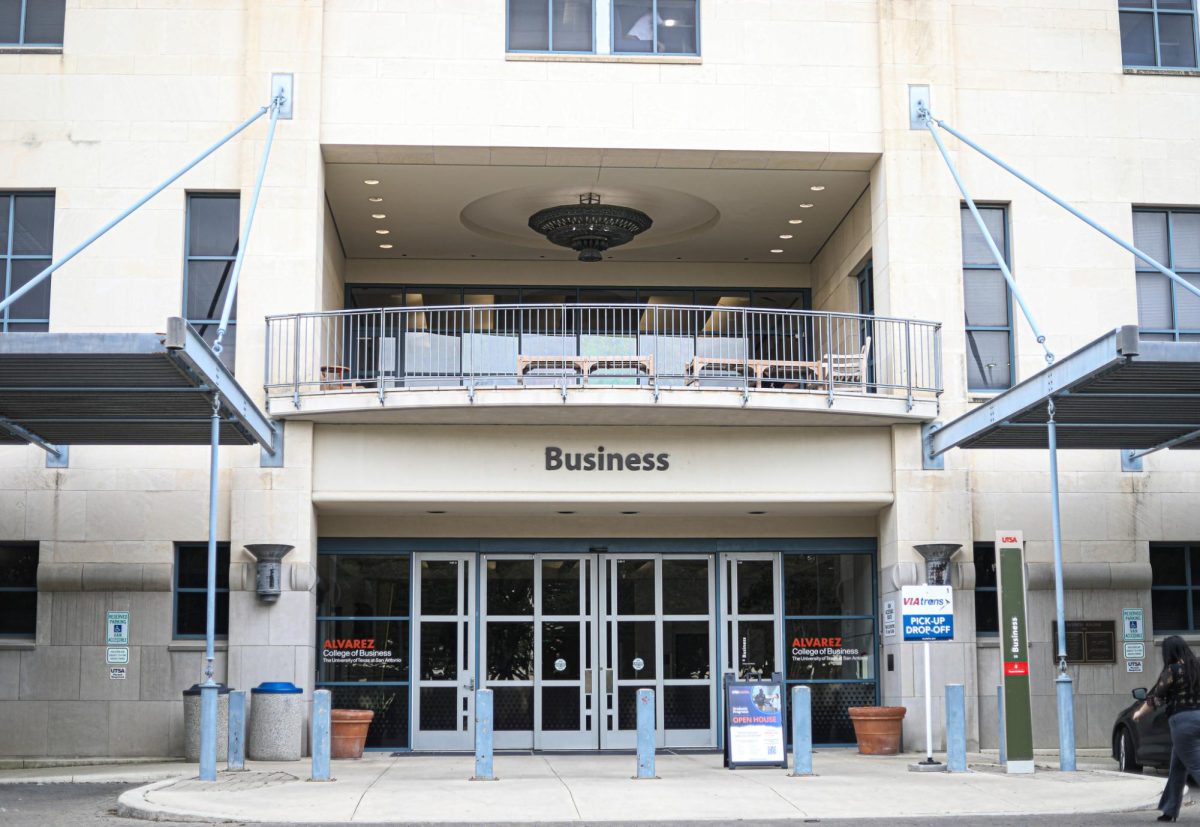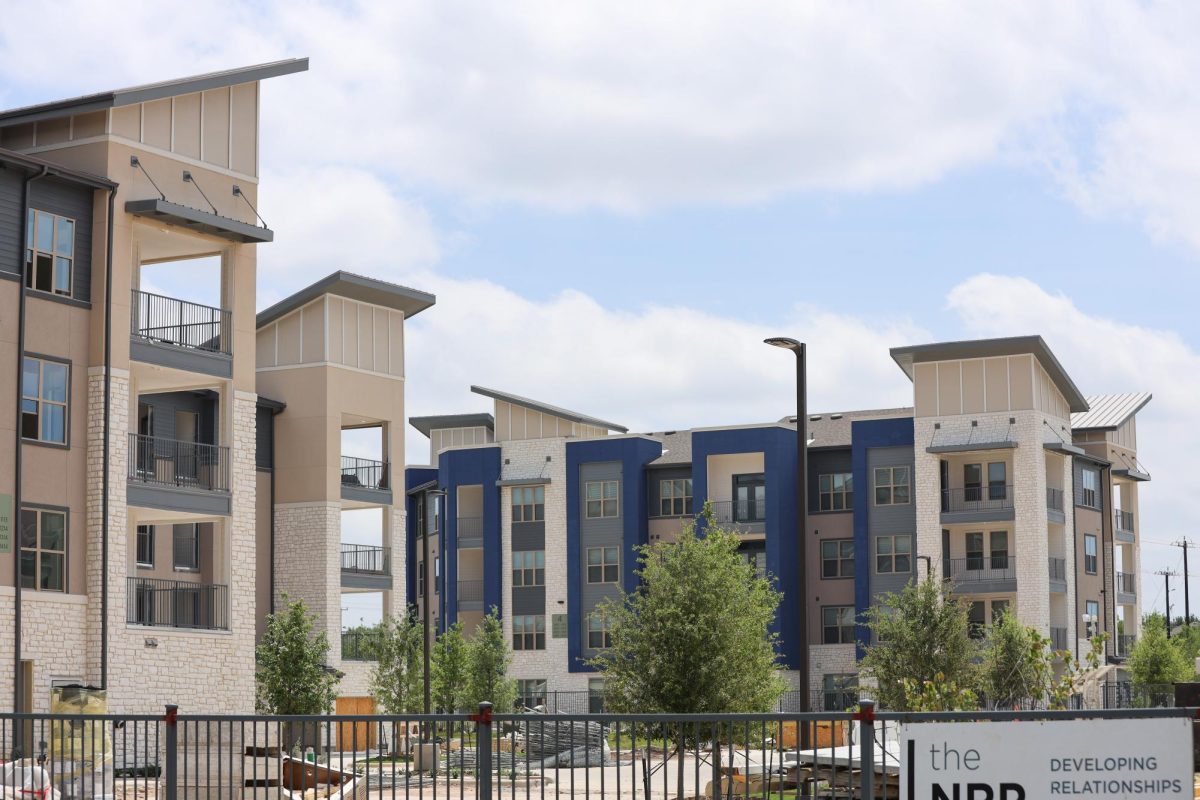The natural gas surge in the Eagle Ford Shale play has generated, as of 2013, nearly 155,000 jobs and $87 billion in total economic production. With employment opportunity and high economic potential, Texans are rushing to the oil fields in hopes of a taste of shale success. From 2000 to 2013, the U.S. Census Bureau estimated a population growth of about 23 percent in the Eagle Ford Shale region. However, a major concern for many Eagle Ford municipalities is the fate of the community once the oil boom subsides.
In collaboration with the UTSA Institute for Economic Development, the Eagle Ford Shale Community Development Program (EFSCDP) has provided South Texas communities with the resources to promote economic progress and expansion.
“(We) work with the counties that are being impacted by the Eagle Ford Shale and the oil boom,” explained Gerald Gonzales, assistant director of the EFSCDP. “(We) work with them on looking at the economic development for sustainability and we focus on quality of life issues.”
Funded by the U.S. Department of Commerce Economic Development Administration, the grant-financed enterprise provides workshops for increasing urban sprawl, creating a viable economy and making Eagle Ford Shale communities inviting and attractive to intermittent workers.
“Our program is unique in a sense that we really focus on community development as opposed to business development,” explained Gonzales.
Participating Eagle Ford Shale counties were selected by the Economic Development Administration based on per capita income and economic distress. “We started out in Uvalde and then we went to Maverick County,” explained Gonzales. “We are currently (working) in Bee and Atascosa County.” After Bee County, the program will have covered 11 counties in the Eagle Ford Shale region.
When implementing community engagement, the first approach is to incorporate capacity building programs. Consisting of concerned citizens, local organizations and city officials, capacity building aims to develop a voice for the community.
“We call it the three Ps: Public, Private and Partnerships,” explains Gonzales. In workshops such as this, accommodations and city improvements are developed in preparation for further community development as the population in the Eagle Ford Shale region expands.
“One of the big initiatives was a transportation project that took place in Uvalde,” explains Mario Neira, Business Economics Research Associate. In collaboration with the Cypress Planning Committee and the Southwest Area Regional Transit System, a bus route was constructed to connect Uvalde, Concan and Utopia.
“It was a very positive result and these people are now able to get transportation to and from different cities,” says Neira. Other notable projects include a library consortium in DeWitt County, pocket parks in Maverick County, theater restorations in Gonzales County and signage placement in Karnes County.
“We are giving back and we are trying to work with our communities in South Texas to assist and help provide research programs to create economic development and where they in turn take the lead,” explained Gonzales. “The people are very welcoming and want to see this because it allows the community to come together.”
City governments and local communities will continue to work to diversify municipal activity in hopes that the Eagle Ford Shale region remains prosperous long after the oil rush dwindles.











